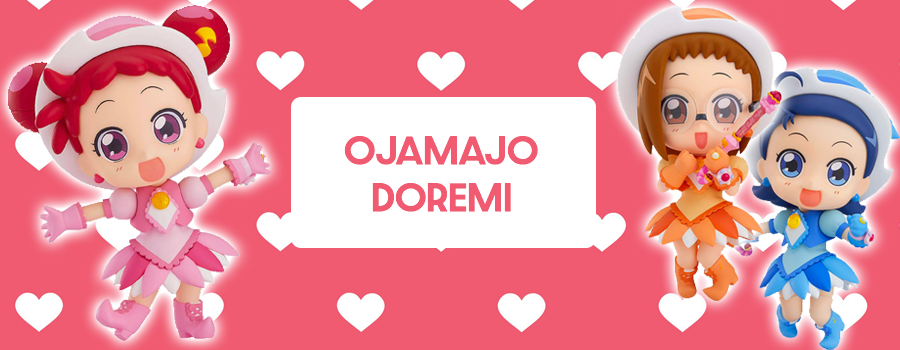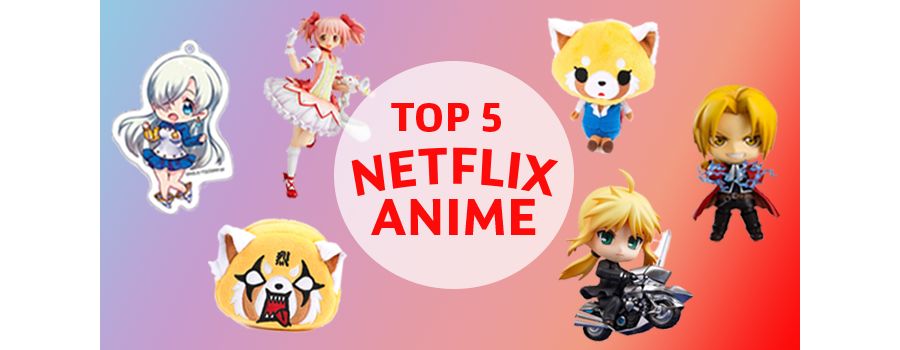Buying Japanese Pokemon Cards Online
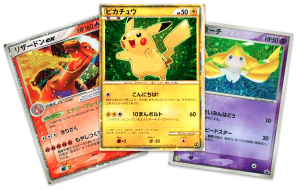
It’s been 20 years since fans first memorized the Pokemon slogan “Gotta catch ’em all!”, and amazingly, each year new cards are still being printed, players are still meeting for tournaments, and collectors are still struggling to fill their binders in an attempt to, well… “catch ’em all”.
Each card that makes its way into the Pokemon universe has its beginning at Pokemon Card Laboratories in Japan where it is later sent to different companies around the world for reprinting in foreign languages. And while many non-Japanese players and collectors are interested only in owning cards that they can read, there is a growing community of international collectors who want the Japanese originals—but how do you get your hands on them without getting ripped off? Let’s find out!
What makes Japanese Pokemon cards special?
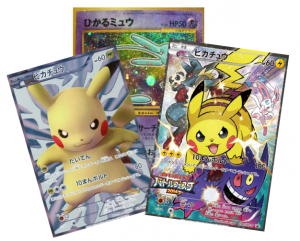
It has to do with the fact that since they are the “source” card for all translated versions, non-Japanese collectors have a particular obsession with obtaining cards that have not yet or will never be released in their own country. This can be seen with promotional cards released only in Japan, which often go for high prices overseas like the 15th Anniversary Full Art Pikachu, the newer Battle Festa Pikachu, and the older CoroCoro Shining Mew. (Read more about the difference between English and Japanese cards here.)
How are Japanese cards priced?
Even though cards from Japan can’t be used in tournaments outside of the country, foreign collectors should know that they’re still used for tournament play inside of Japan. That’s why playable cards have much higher resale values. The problem for non-Japanese collectors bidding on auctions is that since they aren’t part of the competitive Japanese
Pokemon card player community, it can be difficult to know when you’re looking at a deal or not.
However, there is an easy way to tell how much a Japanese standard format card should be worth. (Standard format means the cards that can be used in current tournaments.) There are an endless number of Western websites that sell English language Pokemon cards and the prices on those sites can give you a general idea of how much the Japanese cards are worth if you go by this simple pricing rule:
English Pokemon EX Card Price x 50–66% = Japanese Pokemon EX Card Price
and
English Trainer Card Price x 150–200% = Japanese Trainer Card Price
(This is especially true for Full Art cards and Gold cards)
The reason for the difference in prices is because the Japanese Pokemon community has relatively fewer collectors and more players, which leads to a higher demand for Trainer cards and playable Pokemon staple cards (cards that are used in nearly every deck) for deckbuilding, whereas the pull rates for EX cards are much better than in English booster backs.
Japanese Pokemon Booster Packs: The Numbers
- Number of cards in a Japanese booster pack = 5
- Number of booster packs in a Japanese booster box = 20
- Standard pull rate for RR/SR/UR cards in a Japanese booster box = 2–4
How does this compare to English Pokemon cards?
- Number of cards in an English booster pack = 10
- Number of booster packs in an English booster box = 36
- Standard pull rate for exR/SR/UR cards an English booster box = 2–8
What are the differences in rarity between Japanese and English cards?
Japanese Pokemon Card
Common (C): Regular common cards
Uncommon (U): Regular uncommon cards
Rare (R): Holographic cards
Rare Rare (RR): Regular art EX Pokemon
Super Rare (SR): Full Art Pokemon and Trainers
Ultra Rare (UR): Gold items and Pokemon
English Pokemon Cards
Common (C): Exist in non-holographic and reverse holographic
Uncommon (U): Regular uncommon cards
Rare (R): Regular rare cards
Holo Rare (HR): Holographic rare cards
Ex Rare (exR): Regular Art EX Pokemon
Ultra Rare (UR): Full Art Pokemon and trainers
Special Rare (SR): Gold items and Pokemon
What about Pokemon promotional cards?
A special group of Japanese cards fall under the promotional category and are given out at tournaments, as magazine freebies, at Pokemon events, or as gifts when buying Pokemon merchandise at one of the Pokemon Centers. They are rarely valuable due to broad distribution and uselessness for players. There are some exceptions, though, that hardly ever make it outside of Japan, either because of their value to players, like the Muscle Band card (ちからハチマキ) which was given out at the Battle Festa 2013 to players that did very well and has since reached a top price of up to $50 USD.
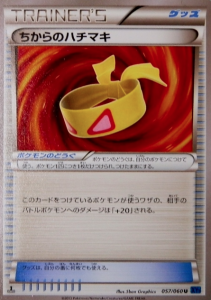
Others like the Battle Festa Pikachu or the Pikachu card that was given out during the Mega Campaign in 2014 in the Pokemon Center Mega Tokyo never increased in value. Even though they peaked at $45 and $30 USD, respectively, in Japan their resale value stayed at ¥1000 ($10 USD) and ¥200 ($2 USD), respectively.
How to tell card condition for Japanese cards
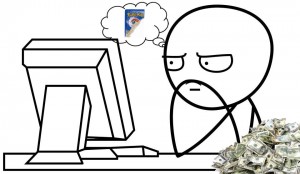
Japan, unlike Western countries, doesn’t have a widely known ranking system for card condition, such as the PSA. That means Japanese card sellers won’t probably provide information in a standardized way. As mentioned earlier, there are more players than collectors in Japan, so card condition is not as important as in other countries. With that being said, a card still loses value when damaged, so it’s better to be careful if the price seems too good to be true. In most cases, though, the seller will give a short description of the card’s condition, which can quickly be found out by pasting the text into an online translator.
When is the best time to buy Japanese Pokemon cards?
Once new cards are released in Japan, their value tends to shoot up dramatically and stay that way until finally being released in English. During that time, even unplayable Rare Rare (RR) and Super Rare (SR) are worth enough to increase in value when buying a Japanese booster box, which is about 30 USD in retail.
After that time, the prices for unplayable cards plummet, while playable cards usually maintain their value, at least when sold from Japan. As soon as a playable card leaves Japan the value usually decreases due to the diminished market, which then only consists of card collectors.
Examples of these playable rare cards are the VS Seeker (バトルサーチャ) in Ultra Rare (UR) from Roaring Skies (XY6 Emerald Break) and the older Ultra Ball (ハイパーボール) in Ultra Rare (UR) from Plasma Freeze (BW9 Spiral Force). These cards reach 2–3 times the value of other Golden UR cards even though the rarity is the same.
Japanese Pokemon Card Buying Guide Recap
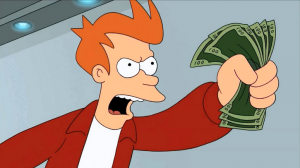
Sometimes pricing a Japanese card can be very hard, but if you follow the simple pricing formula above, you can usually have a good idea of what a card is worth, regardless of whether you are looking to buy or sell.
In some rare cases you might get a cheaper deal from a local seller in your country, especially for extremely playable cards, but for most cards checking a Japanese auction proxy site, like FROM JAPAN, will give you cheaper options.
Be sure to check out our top 10 picks for the rarest Pokemon cards!

